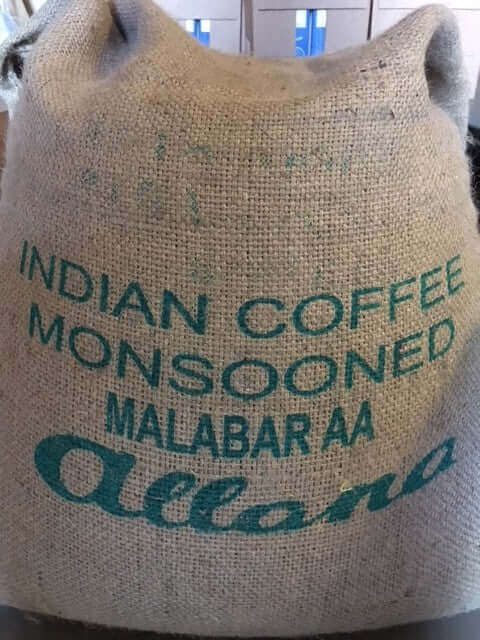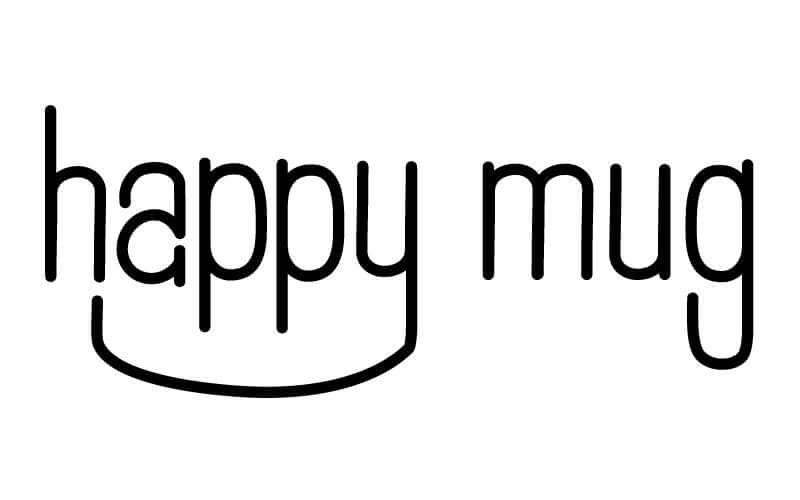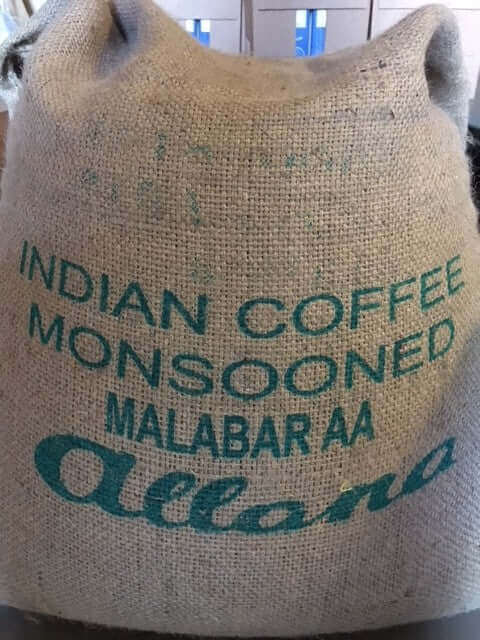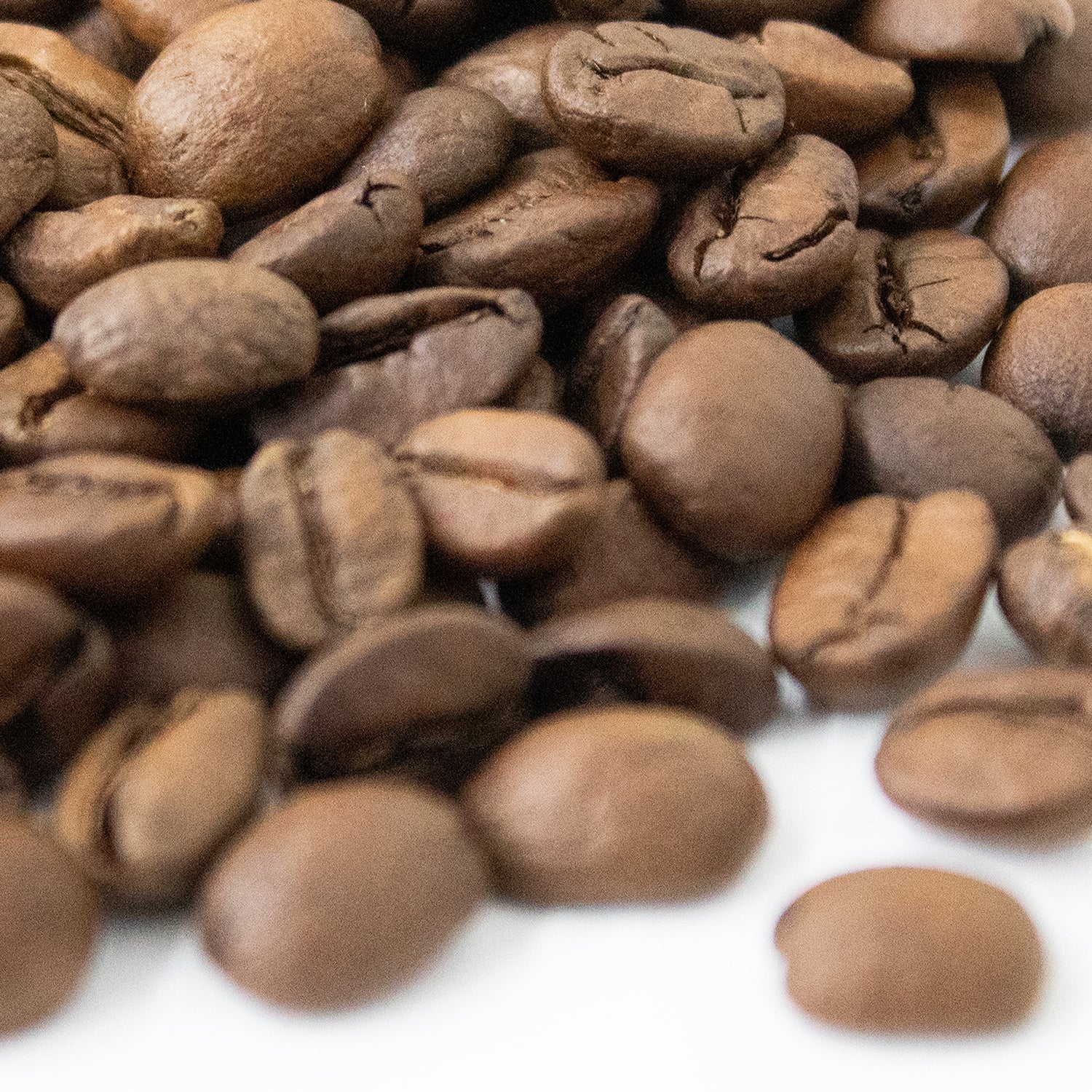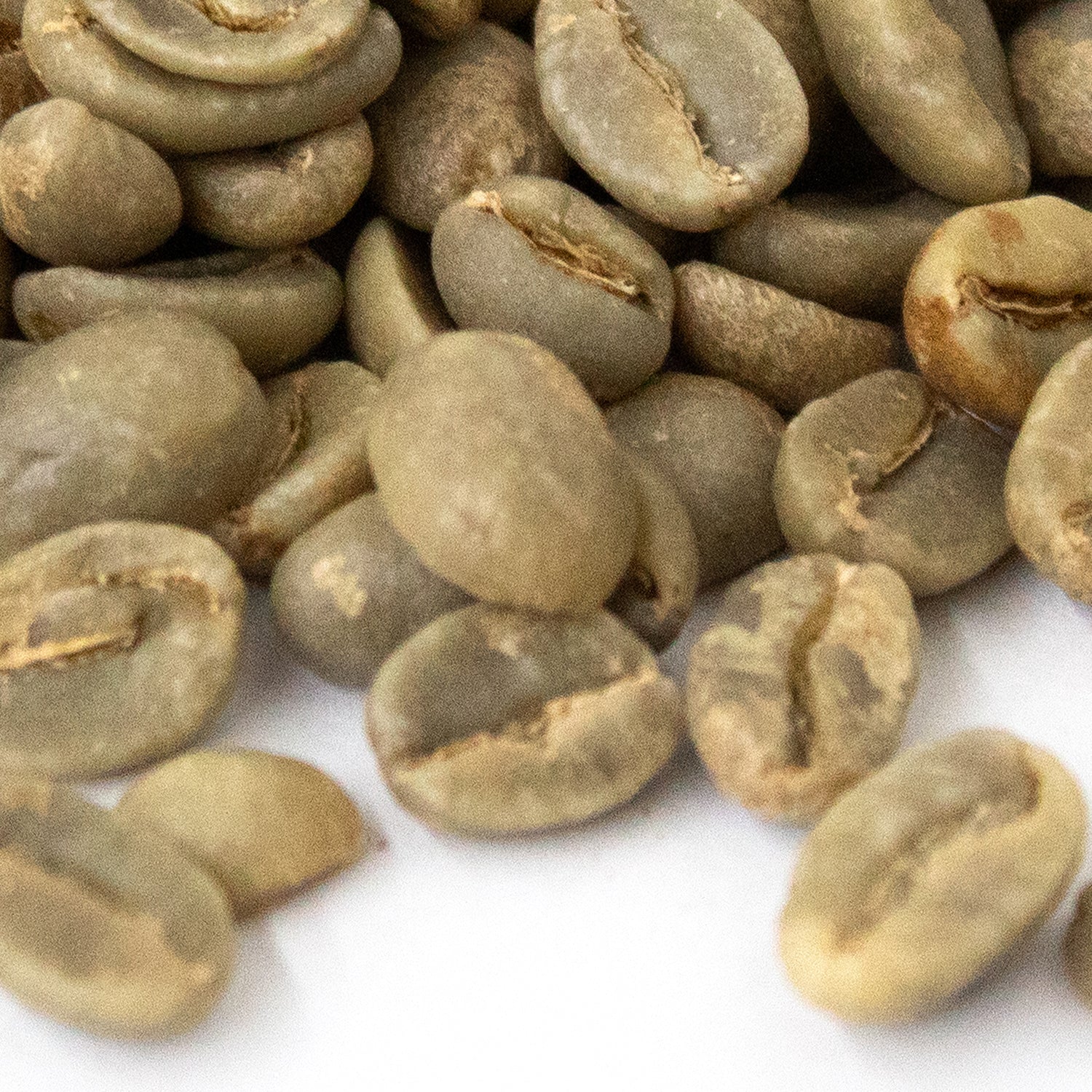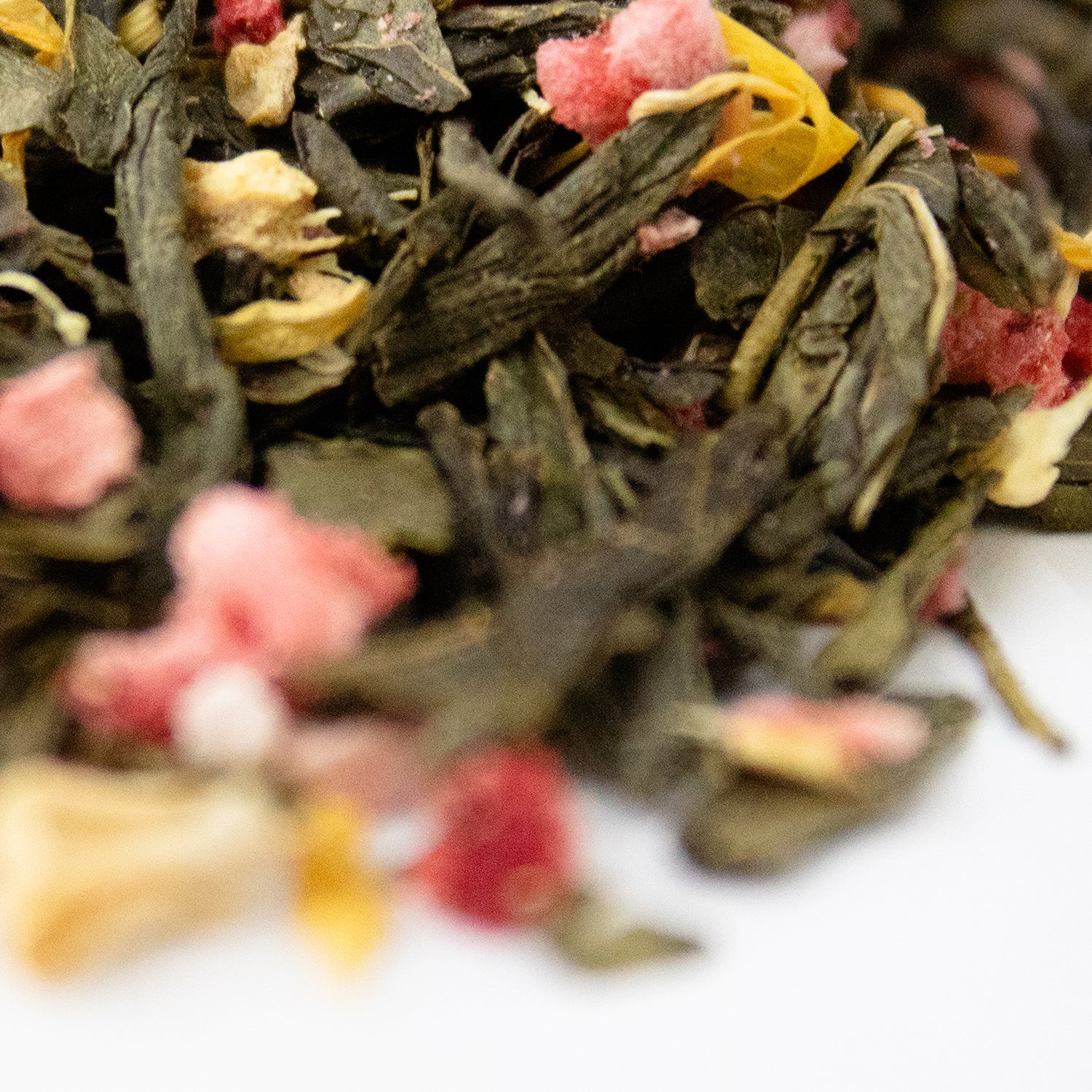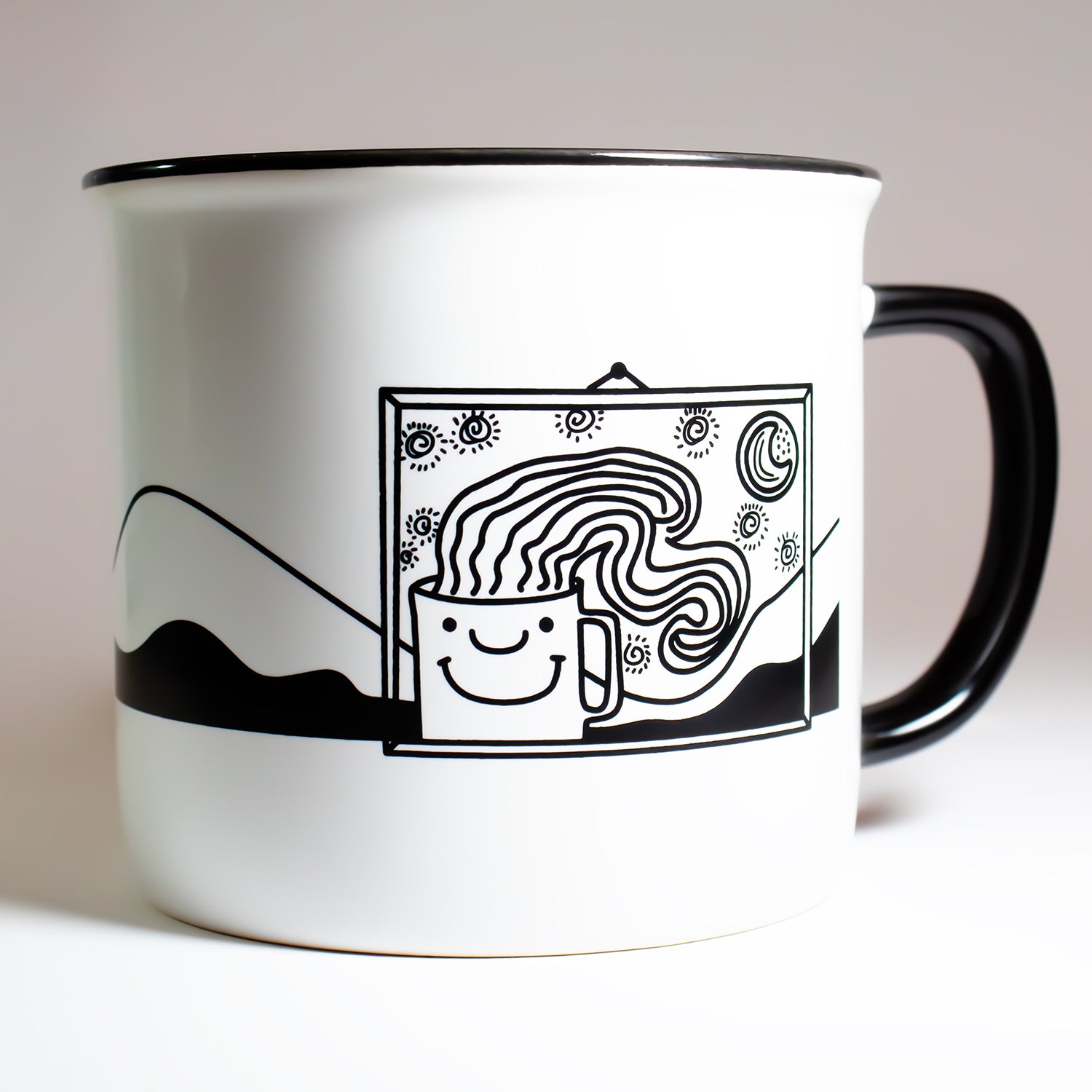African
India Monsooned Malabar
India Monsooned Malabar
Couldn't load pickup availability
This is not a coffee that can be traced back to the farm - so whether it is grown organically is uncertain.
This coffee tells a story. 18th Century Europe imported coffee from India. The coffee arrived via a 3 month ship’s journey in which the coffee sat on the wooden deck exposed to salt water and rains. When technology improved and the coffee arrived quickly, the Europeans said, “what’s wrong with this coffee? It doesn't taste musty!” So India started selling a special coffee that is allowed to sit outdoors on wooden planks during monsoon season. It’s really more of a novelty now than a real popularity item, but if you want to know what coffee tasted like 200 years ago, try a pound of this. It's a little rough straight up, and a bit bitter in the aftertaste. Most people who play with the monsooned bean use it in a blend, and in small percentages. Maybe dark roasted and 20% in an espresso blend to give it an edge -- a good 15 seconds of 2nd cracks is about right. In a coffee blend, you can go really light with it. Out of the first cracks but no need to go much darker beyond that. That taste darker than they really are, and add a salty funk to your coffee blend -- again, use it moderation, maybe 20% of your blend -- enough to notice it is there but not enough to overpower the other coffee. Makes for a conversational mug of coffee though.
The beans are swollen and weakened and pale from the weathering and it doesn't take as much heat to roast as other coffee beans. It is going to roast faster because it needs less of a drying out phase -- it is already mostly dried out. On the bright side, you don't lose as much weight when it roasts.
Share
